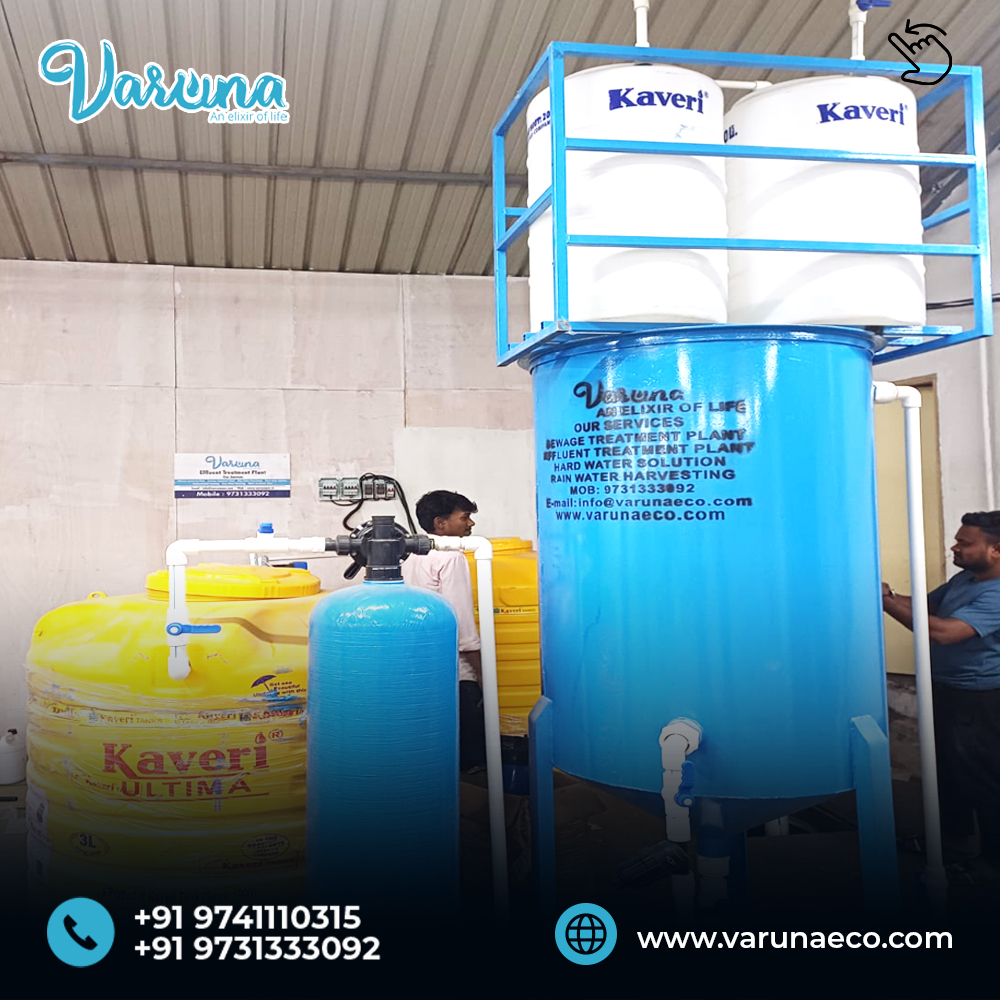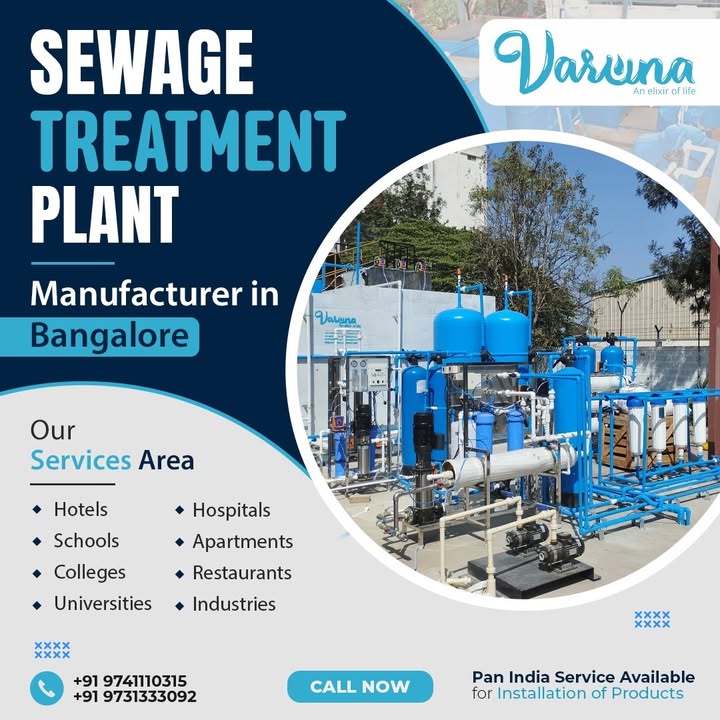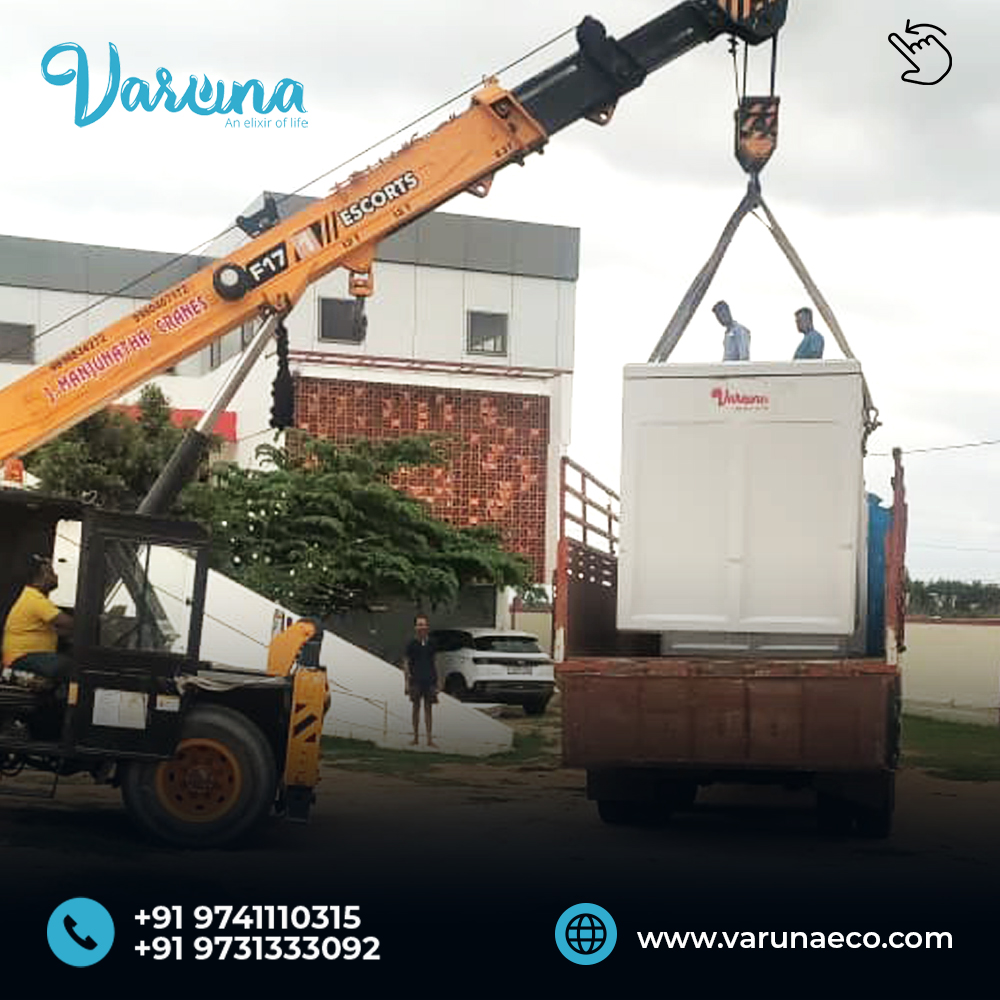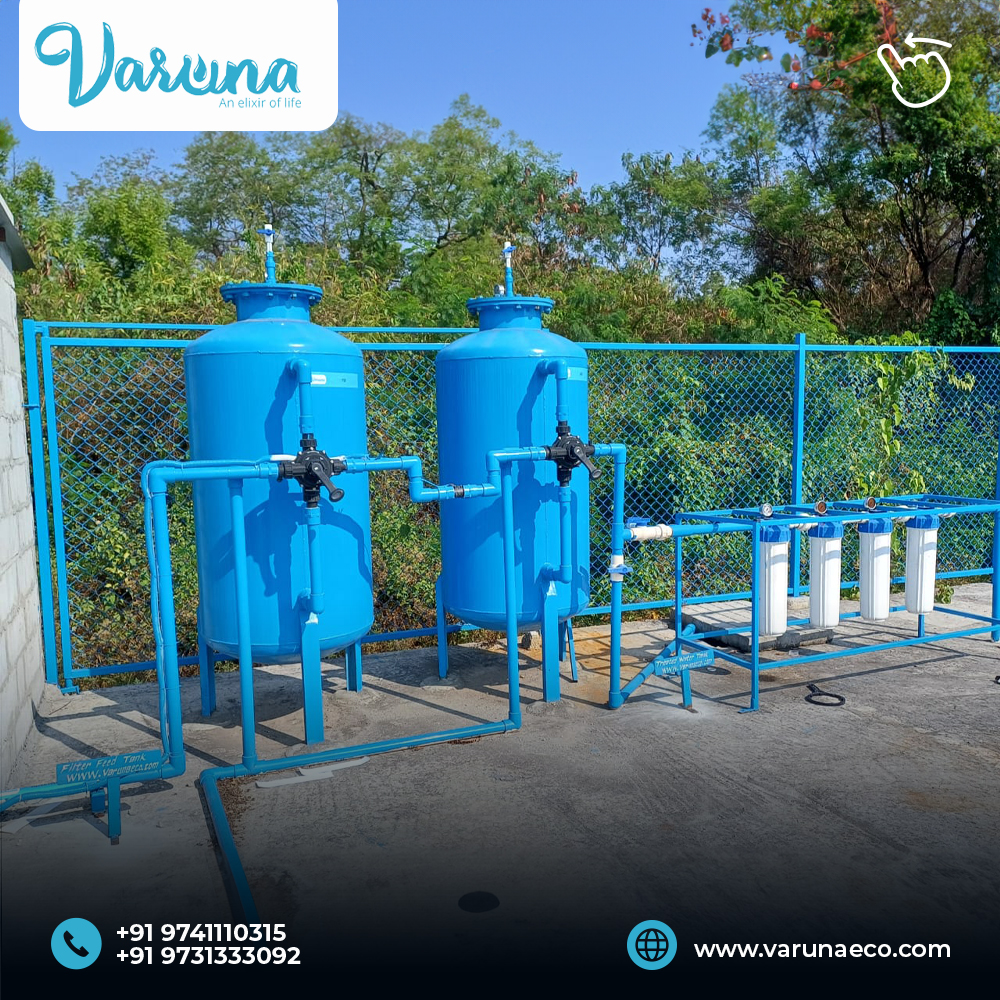
Eco-Friendly STPs for Schools | Sustainable Wastewater Management
Learn how modular STPs help schools manage sewage responsibly, meet environmental norms, and integrate sustainability into student education.
Introduction
Schools of today are transforming beyond classrooms. With an emphasis on all-round development, infrastructure development has to be environmentally responsible too. One critical yet neglected area is the management of sewage. Sewage treatment plants (STPs) are critical to maintaining hygiene, sustainability, and regulatory compliance.
The article discusses the STPs in school operations, regulatory compliance requirements, and how newer technologies are making campuses future-ready.
The Effects of Unattended Sewage on School Ecosystems
School sewage, if it is not treated, can:
-
Cause infections and illnesses
-
Contaminate groundwater and natural ecosystems
-
Create offensive smell and rodent infestation
-
Result in legal and regulatory action
In particular for areas that are not sewered, the addition of an STP becomes not just necessary but compulsory.
Government Regulations for Educational Institutions
The Central Pollution Control Board (CPCB) requires institutions producing over 10 KLD of wastewater to have STPs installed. Urban area schools also need to adhere to:
National Building Code guidelines
Local Municipal Acts
State Pollution Control Board regulations
Technology in School STPs: What's New?
Decentralized STPs
Ideal for multi-building campuses—simple to install and operate with localized control.
Modular Systems
Scale-up configurations that expand as student strength grows.
IoT-Enabled Monitoring
Fault alerts and compliance monitoring automated through mobile dashboards.
Zero Odour Designs
Essential to ensuring a fresh and conducive learning environment.
Energy-Efficient Operation
STPs now feature VFDs, intelligent aeration, and solar-integrated designs.
STP as an Educational Tool
Schools can incorporate the STP into their environmental science syllabus. Students can:
Witness water cycles in real-time
Learn about sustainability principles
Study the science of pollution and waste management
This converts an operational requirement into a live learning laboratory.
Long-Term Benefits for Institutions
1. Improved Infrastructure Ratings
Compliance-ready campuses score better during education board audits and accreditations.
2. Better Public Image
Parents are becoming more environmentally conscious—marketing your green infrastructure increases enrollment attractiveness.
3. Partnerships and Funding
Sustainability programs may draw CSR funds and NGO partnerships.
4. Long-Term Cost Benefits
Intelligent STPs may reduce operational water expenditure by 50–70% using recycling.
5. ESG and Green Building Credits
Institutions can earn LEED/IGBC/GRIHA certifications.
Future-Proof Your Campus with the Right STP Partner. While selecting a vendor, focus on:
School project experience
Capability to customize
Assurance of compliance
End-to-end services (AMC to design)
Partnering with Varuna
Varuna offers high-efficiency, modular STPs that perfectly integrate in schools. Whether transitioning from septic tanks or constructing a new campus, Varuna's experts deliver:
Design & Engineering: On-site customization
Installation: Reduced civil disruption
Monitoring: Smart dashboards & remote alerts
Compliance: Audit-ready & inspection-ready
Conclusion
School sewage treatment is no longer a luxury—this is an operational and ethical imperative. With the proper STP system, schools can be model institutions of sustainability and health. Your school might be small or sprawling across acres, but there's an effective STP solution for you.
Select Varuna to guide your path towards a clean, compliant, and future-proof school campus.




